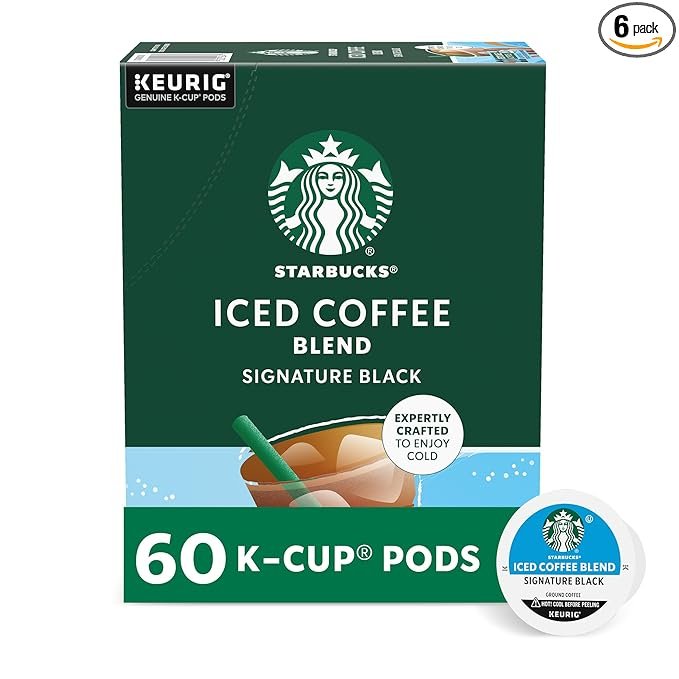For many, the day doesn’t truly start until they’ve had their first sip of coffee. Whether you’re a seasoned barista or a homebrewer looking to perfect your morning cup, understanding the right coffee-to-water ratio is essential for a balanced, flavorful brew. One common question, especially for those brewing larger quantities, is: “How many tablespoons of coffee do I need for 12 cups?” This guide aims to provide a comprehensive answer while offering tips to elevate your coffee-making experience.
Table of contents
Understanding Coffee Measurements
Before diving into the specifics, let’s clarify some basic measurements:
- Cup Size: In the coffee world, a “cup” typically refers to 6 fluid ounces of water, not the standard 8-ounce measurement used for other beverages. Note that some coffee makers use different measurements, so always check your machine’s manual.
- Tablespoon: A standard tablespoon is equivalent to approximately 5 grams of coffee.
The Golden Ratio: Coffee-to-Water
The “Golden Ratio” for coffee is often cited as 1 to 2 tablespoons of coffee per 6 ounces of water. This formula can be adjusted based on personal preference, but it serves as an excellent starting point for achieving a balanced brew.
Calculating for 12 Cups
Using the Golden Ratio, for a 12-cup coffee maker (which typically holds 72 ounces of water), you would use:
- 1 Tablespoon per Cup: 12 tablespoons (for a milder coffee)
- 1.5 Tablespoons per Cup: 18 tablespoons (for a balanced flavor)
- 2 Tablespoons per Cup: 24 tablespoons (for a stronger brew)
Most coffee enthusiasts find that 18 to 24 tablespoons (or roughly 1 to 1.5 cups of coffee grounds) yields the best flavor profile for a 12-cup coffee maker.
Factors Influencing Your Coffee Measurements
Coffee Type
Different types of coffee beans absorb water differently and may impact how much coffee you need to use:
- Light Roast: Generally denser and may require slightly more grounds.
- Medium Roast: Standard and versatile; stick to the Golden Ratio.
- Dark Roast: Less dense, richer in flavor; you might prefer a bit less.
Medium Roast Iced Coffee Blend, Signature Black for Keurig Coffee

- Medium Roast
- Iced Coffee Blend
Grind Size
The grind size of your coffee also affects the strength and flavor:
- Coarse Grind: Best for French press or cold brew. Requires a longer steeping time.
- Medium Grind: Ideal for drip coffee makers. Balances extraction and flavor.
- Fine Grind: Used for espresso and AeroPress. Quick extraction.
Personal Taste
Ultimately, the perfect coffee is a matter of personal preference. Don’t be afraid to experiment with different ratios to find your ideal brew.
Tips for Brewing the Perfect 12-Cup Pot
- Use Fresh Coffee: Freshly roasted beans ground just before brewing yield the best flavors. Invest in a good grinder for the freshest taste.
- Quality Water: Use filtered or bottled water to avoid off-flavors from tap water.
- Consistent Temperature: The optimal brewing temperature is between 195°F and 205°F. Most modern coffee makers regulate this automatically.
- Clean Equipment: Regularly clean your coffee maker to prevent residue build-up, which can affect the taste.
FAQs about Brewing 12 Cups of Coffee
How many scoops of coffee do I need for 12 cups?
If you’re using a standard coffee scoop (which holds about 2 tablespoons), you’ll need:
- 6 scoops for a mild brew
- 9 scoops for a balanced brew
- 12 scoops for a strong brew
Can I adjust the ratio for different strengths?
Absolutely! If you prefer a milder coffee, use 1 tablespoon per cup. For stronger coffee, use up to 2 tablespoons per cup. Adjust according to your taste preferences.
What if my coffee tastes too weak or too strong?
- Too Weak: Add more coffee grounds or reduce the amount of water.
- Too Strong: Use fewer coffee grounds or increase the amount of water.
Does the type of coffee bean affect the ratio?
Yes, the density and flavor profile of the bean can influence how much coffee you should use. Experiment with different beans to see what works best for you.
Is it better to measure coffee by weight or volume?
Measuring by weight (using grams) is more precise and ensures consistency, especially if you’re trying to replicate a specific brew. However, using tablespoons is a convenient and common method for everyday brewing.
How do I store my coffee for maximum freshness?
Store coffee beans in an airtight container, away from light, heat, and moisture. Avoid the refrigerator or freezer, as temperature fluctuations can affect the beans’ quality.
Can I pre-measure coffee for future use?
Yes, but for the best flavor, it’s recommended to grind and measure coffee just before brewing. Pre-ground coffee loses its freshness quicker than whole beans.
Conclusion
Mastering the art of brewing 12 cups of coffee involves understanding the right ratios, experimenting with different beans and grinds, and tuning into your personal taste preferences. By starting with the Golden Ratio and adjusting as necessary, you can consistently enjoy a perfect pot of coffee every morning. Remember, the journey to the perfect brew is as enjoyable as the coffee itself.
Happy brewing!






